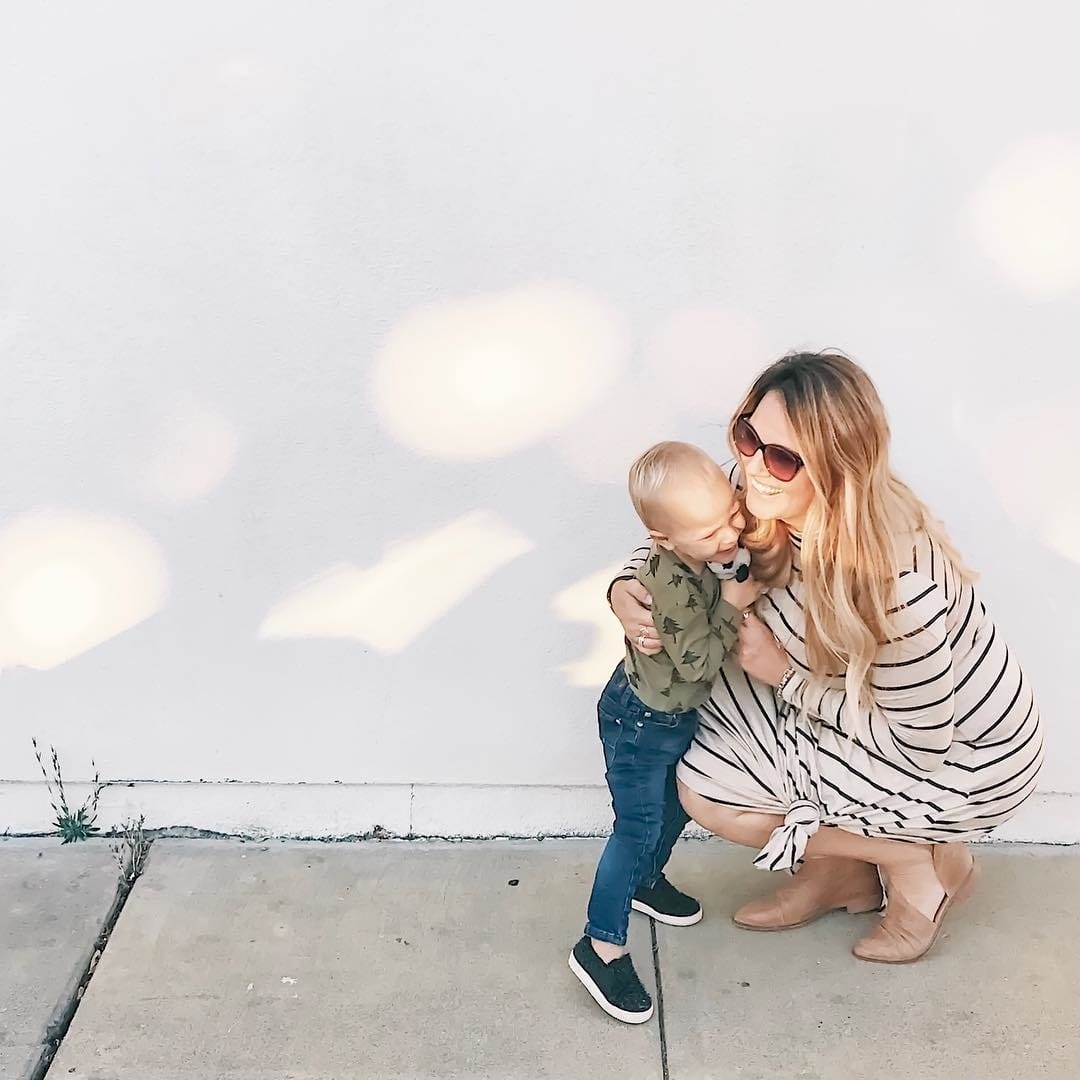5 ways to maintain an emotional connection with your child

Emotional safety means that members in the relationship feel safe enough to be vulnerable.
What is emotional safety and why does it matter? Although emotional safety is a term commonly used in couples’ therapy, it also has a powerful impact on the social and psychological well-being of children.
Emotional safety means that members in the relationship feel safe enough to be vulnerable. According to the psychologist Don Catherall, individuals in emotionally safe relationships are more likely to be happier compared to those in emotionally unsafe relationships.
The concept of emotional safety owes much to the research of Stephen Porges and Don Catherall. Porges’ studies have proven that we all have an innate need for safety that is wired into our beings and that when we feel emotionally unsafe, our nervous system goes into a state of defense.
In other words, an absence of emotional safety may lead to a neurological imbalance and to inappropriate social, emotional and communication behaviors. Catherall suggests that there needs to be ‘attachment’ and ‘esteem’ before emotional-safety can develop.
In the parent-child relationship, children will feel emotionally safe if they perceive a strong connection to their parents and if they believe that they are held in high esteem. Our children’s state of emotional safety largely depends on the “vibes” we send them. Once they feel safe, kids can express their emotions because they know they will not be judged for them.
Here are five things you can do to foster your child’s emotional safety:
1. Love your child as is
Author William Martin once said, “You do not have to make your children into wonderful people. You just have to remind them that they are wonderful people. If you do this consistently from the day they are born, they will believe it easily.”
Loving your child as is means creating a sense of safety.
- Tell your child he means the world to you and give him opportunities to feel good about himself.
- Let him know that he can count on you.
- Tell him that your world wouldn’t be the same if he weren’t in it.
2. Validate their emotions
Emotional safety comes from within. It begins by teaching your child to identify and be comfortable with different emotions. Dismissing kids’ emotions makes it harder for them to deal with those emotions even in future. Worse, it may lead to the development of secondary emotions such as shame or fear.
Make use of everyday opportunities to help kids connect with their emotional selves. Speak of emotions in a non-accusatory manner. When our kids know that their emotions are valid, they are more likely to react to them in appropriate ways.
For example, when you tell your child you understand his disappointment for not getting the toy he wants, you not only help him put a name on his emotions, you also enable him to understand those emotions better.
3. Remember to address your own emotional needs
An emotionally distant parent will lead to an emotionally distant kid. The best way to help our kids learn about emotions and develop emotionally safe relationships is to deal with our own emotions first.
Our past frustrations, shame and feelings of anger can stir up fears that may influence how we parent. Work with your own emotions to avoid unknowingly projecting them to your child.
For example, don’t hide your anger from your kid but remember that our kids watch us to determine how to react to their emotions. Saying something like “I’m going to take 5 minutes to calm down before we talk” shows your kid that everyone experiences anger, but that this is an emotion that can be managed.
4. Listen first, then react
So much is communicated in what is left unspoken. Remember that much of kids’ behavior is driven by emotions. Before you react, listen to the unsaid.
When you do respond, be intentional about how you communicate. Remember that voice is a powerful tool—your tone of voice speaks volumes.
Actively listening to your kid also means asking questions to help her feel safe: “Do you want me to come with you?” “How can we make it better?” Simply telling your kid, “I’m here” can help create an environment in which she feels safe.
5. Make more time to connect
Increasing occasions for bonding and playfulness can help foster your child’s emotional safety. Interaction fosters feelings of safety.
For example, don’t forget about the power of touch. Evidence suggests that touch heals. David Linden, the neuroscientist and author of the book “Touch: The Science of Hand, Heart, and Mind”, suggests that there is no substitute for touch. According to him, most forms of appropriate touch deepen bonding by helping build trust and cooperation
Emotionally safe relationships are built on trust and on the acceptance of the other. When you show your child that you accept and love them, you are doing them a world of good.


































